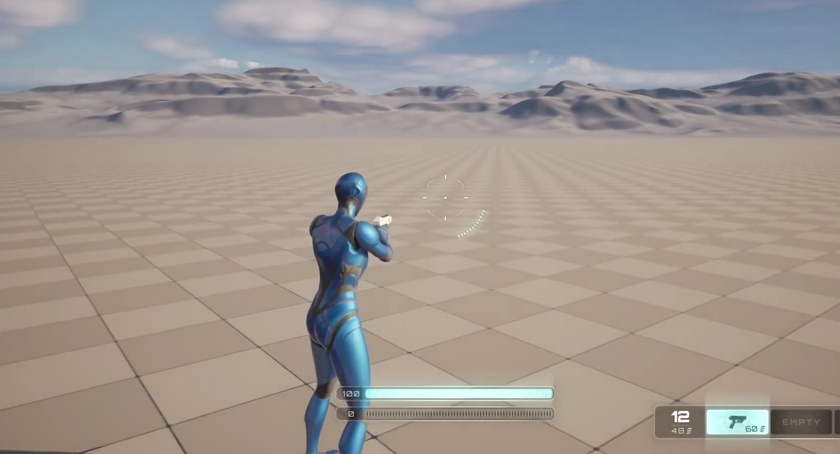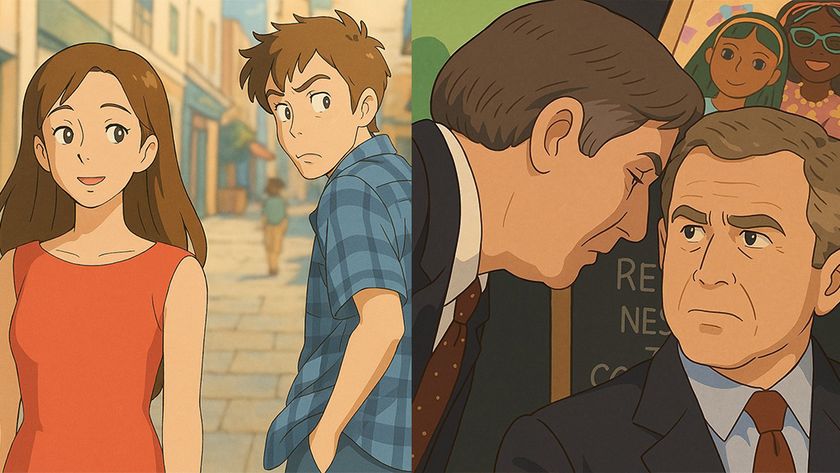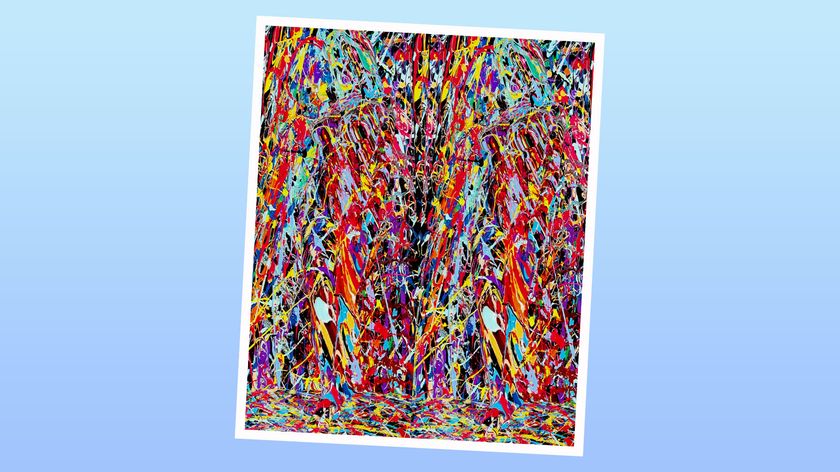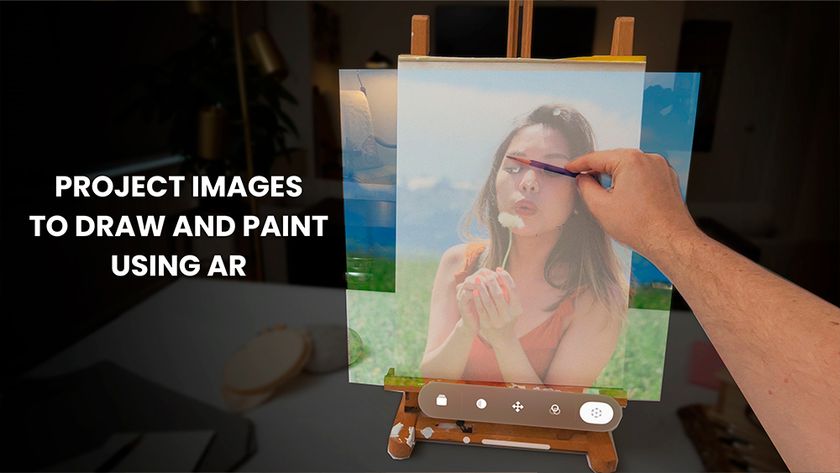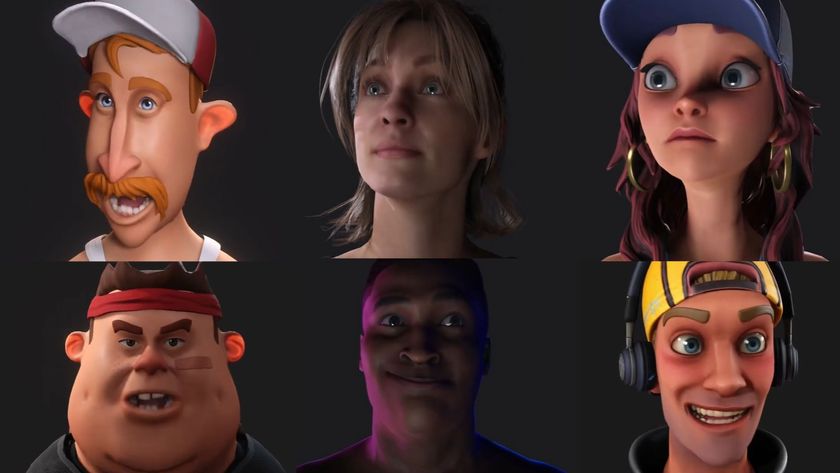RIP Softimage: Autodesk responds to user reactions
Autodesk's Maurice Patel says the company is doing everything possible to make the transition as painless as possible for users.
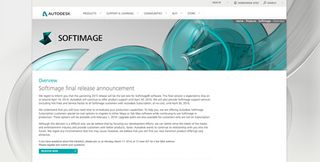
Last week, we reported on Autodesk's decision to discontinue its popular 3D programme Softimage. As soon as we decided to cover the subject, we contacted Autodesk in order to fully understand the decision and awaited its response.
Today, Autodesk's entertainment industry manager Maurice Patel sent us this comment and kindly agreed to an interview to further discuss the issue. So what would you like to ask him? Tell us in the comments below or send an email to kerrie.hughes@futurenet.com.
In the meantime, here's Patel's explanation in full of why the decision was taken and what Autodesk is doing to minimise disruption to its customers:
Autodesk's response

"Toward the end of last year we made the decision to issue one final release of Softimage and offer customers who were currently on subscription two-years to migrate to either 3ds Max or Maya for free," says Maurice Patel. "Our plans included pre-briefing Softimage customers with a significant ongoing investment in our software prior to the March 4 announcement date, which is why rumors started surfacing in various online forums and communities prior to then.
"In the case of Glassworks, it was really just an unfortunate oversight that they were not pre-briefed. We have personally contacted Alastair to apologise. Last year we pre-briefed Glassworks on other strategic projects and it was a simple error on our end that they were not on the list this time round. We are taking steps to remedy that situation. I have also been personably active on our forums every day reading and responding directly to users questions and concerns and we have an ongoing dialog with our customers.
Emotional time
"This is no doubt a deeply emotional time for Softimage customers. We fully understand this and are trying to be as accommodating as possible to their needs. We are giving Softimage subscription customers two years to transition, for free, to either Maya or 3ds Max, both of which are industry leading software applications.
"We are creating special focus groups for Softimage users to guide the development of future functionality in these products to better meet their needs, we are developing training materials to facilitate the transition; and we will allow them to not only migrate to either 3ds Max or Maya but continue to use their Softimage licenses in perpetuity. So, while we fully understand this is not a simple transition for customers, we are doing everything we can to make it as painless as possible.
Get the Creative Bloq Newsletter
Daily design news, reviews, how-tos and more, as picked by the editors.
Why the decision was taken
"As to why we are doing this: the media and entertainment industry is a rapidly evolving hi-tech industry that periodically undergoes significant change. Technology companies have to constantly adapt to those changes. One just need look at the history of software companies for examples of how significant change can be.
"Technologies come and go in rapid succession and companies have to change strategies quickly to compete. It is the nature of the business. It is also quite clear that both the visual effects and games businesses are going through significant transitions: both from a business model and a technology perspective. This is further compounded by the fact that the industry is firmly resistant to standardization of processes given its very nature (one of constant creative innovation).
Changing times
"Maintaining the status quo is not going to be a recipe for success either for ourselves or for our customers. The requirements of film, TV and games production are changing quickly and we needed to focus our efforts to be able to continue to innovate at a pace that meets and exceeds those demands. It was no longer feasible to do this across three products, each with significant code bases.
"As to why Softimage was chosen for retirement, there were many reasons including minimising the impact of change on the overall animation industry and our own R&D assessment of what would enable us to bring new innovative technologies like Bifrost and virtual production (performance capture) to market faster.
"The transition plan is multi-faceted to take into account many different scenarios based on customer type; and while, unfortunately, we cannot build individual plans for every single customer we have a lot of flexibility in terms of how customers can handle the transition and in the choices they can make. We have designed this flexibility to try and make the transition easy for customers.
"For example, only a small proportion of our Softimage customers are actually current on the Softimage software. Many are using older versions. These customers will be able to continue to do so in perpetuity. Given that they are productive using older versions of the software, this decision should not significantly impact that productivity. For customers who have built their production capacity around staying current with our releases there are several options including locking their pipelines on Softimage 2015 indefinitely or transitioning to a Maya or 3ds Max pipeline.
"We understand that this is a very difficult time for Softimage users. In many regards the 3D animation industry has been very stable for a relatively long time, in part due to the significant investment Autodesk has made in keeping it so. But historically, the introduction of Maya and of XSI were disruptive events requiring retraining and adaptation and it is unlikely these will be the last. There is a lot of great technology being developed by Autodesk, and by other companies, that will continue to change and reshape the industry."
Do you have a question to put to Autodesk about this decision? Tell us in the comments below or email kerrie.hughes@futurenet.com.

Thank you for reading 5 articles this month* Join now for unlimited access
Enjoy your first month for just £1 / $1 / €1
*Read 5 free articles per month without a subscription

Join now for unlimited access
Try first month for just £1 / $1 / €1

Kerrie Hughes is a frequent contributor to Creative Bloq, and was once its editor. One of the original CB crew, Kerrie joined the team back in 2013 after moving from her role as staff writer on 3D World. Since then she's written regularly for other creative publications such as ImagineFX, Computer Arts and Digital Camera World. After a stint working for the police, Kerrie is back reviewing creative tech for creative professionals.

